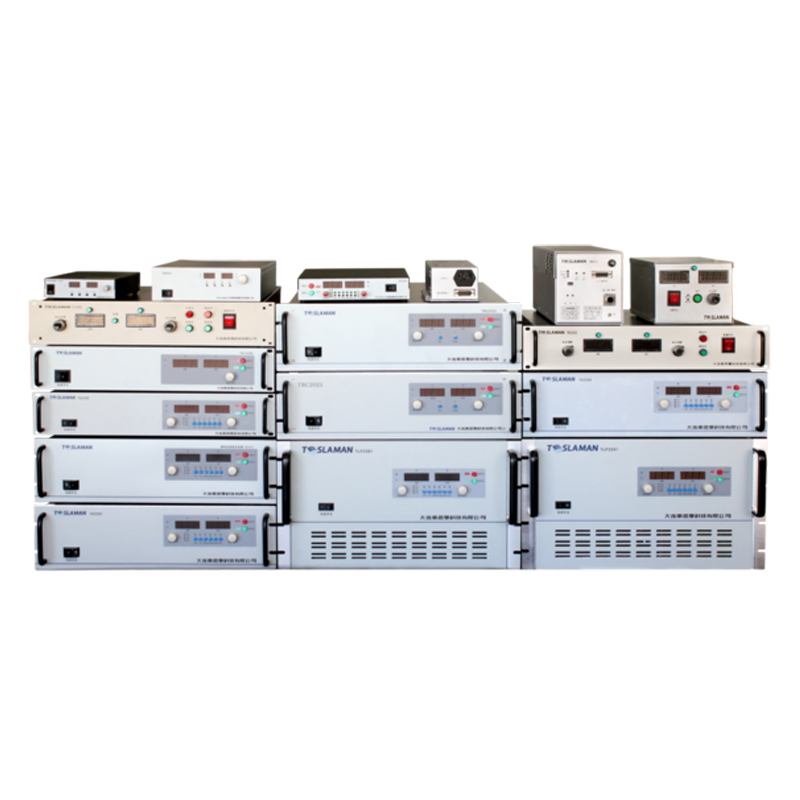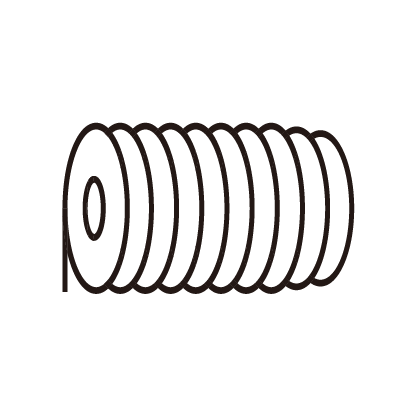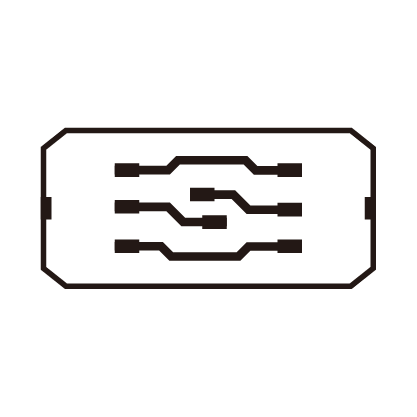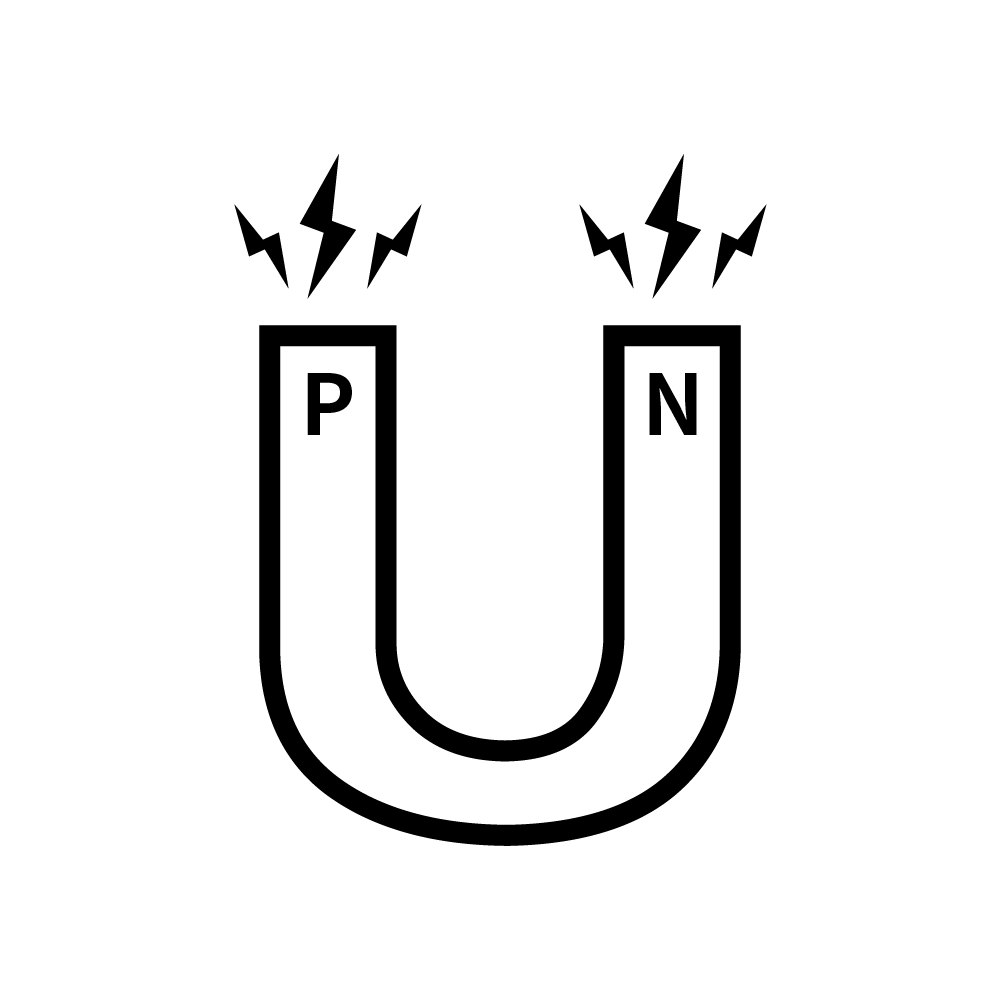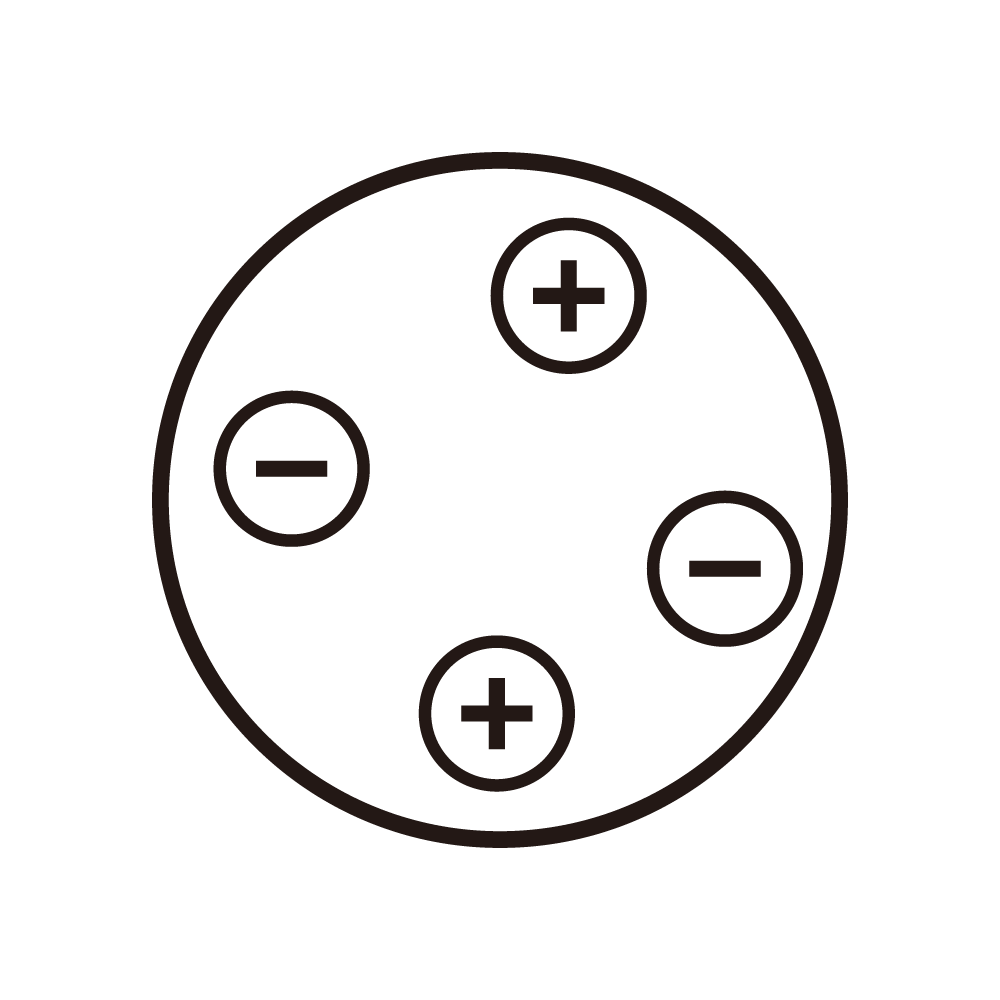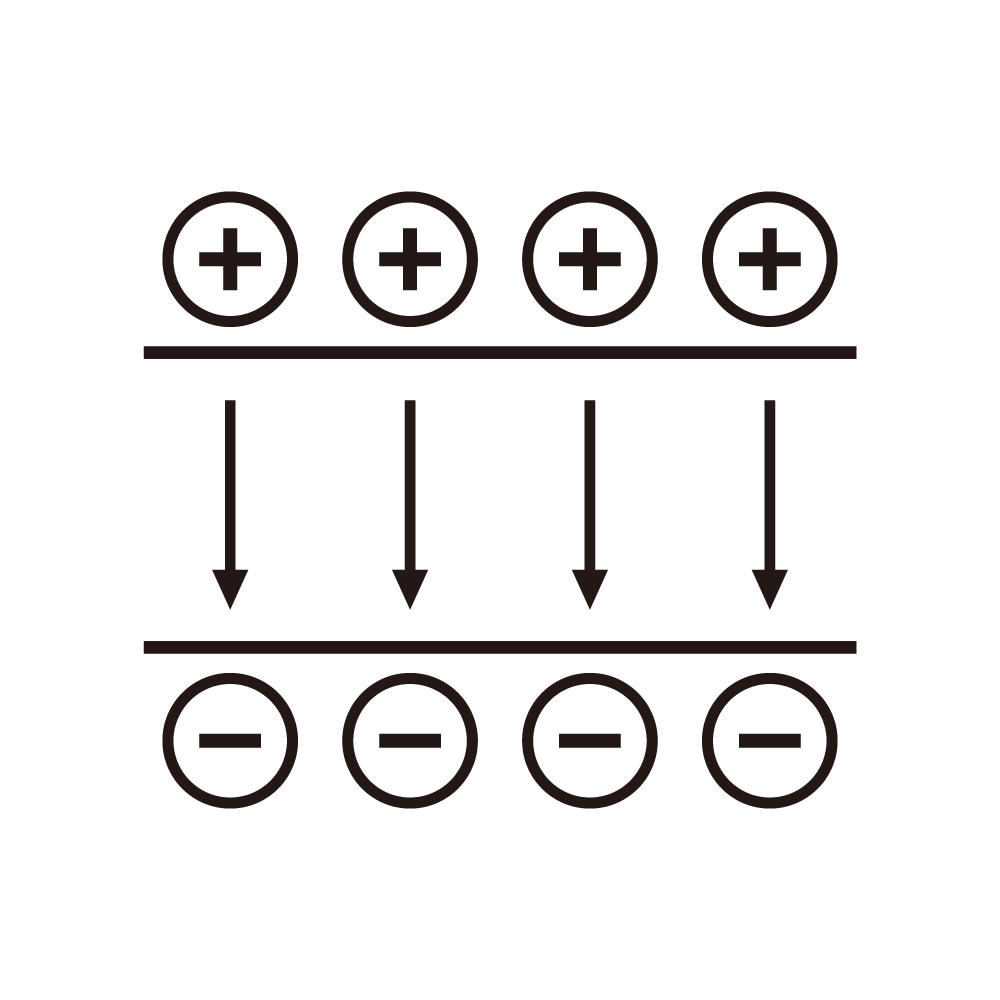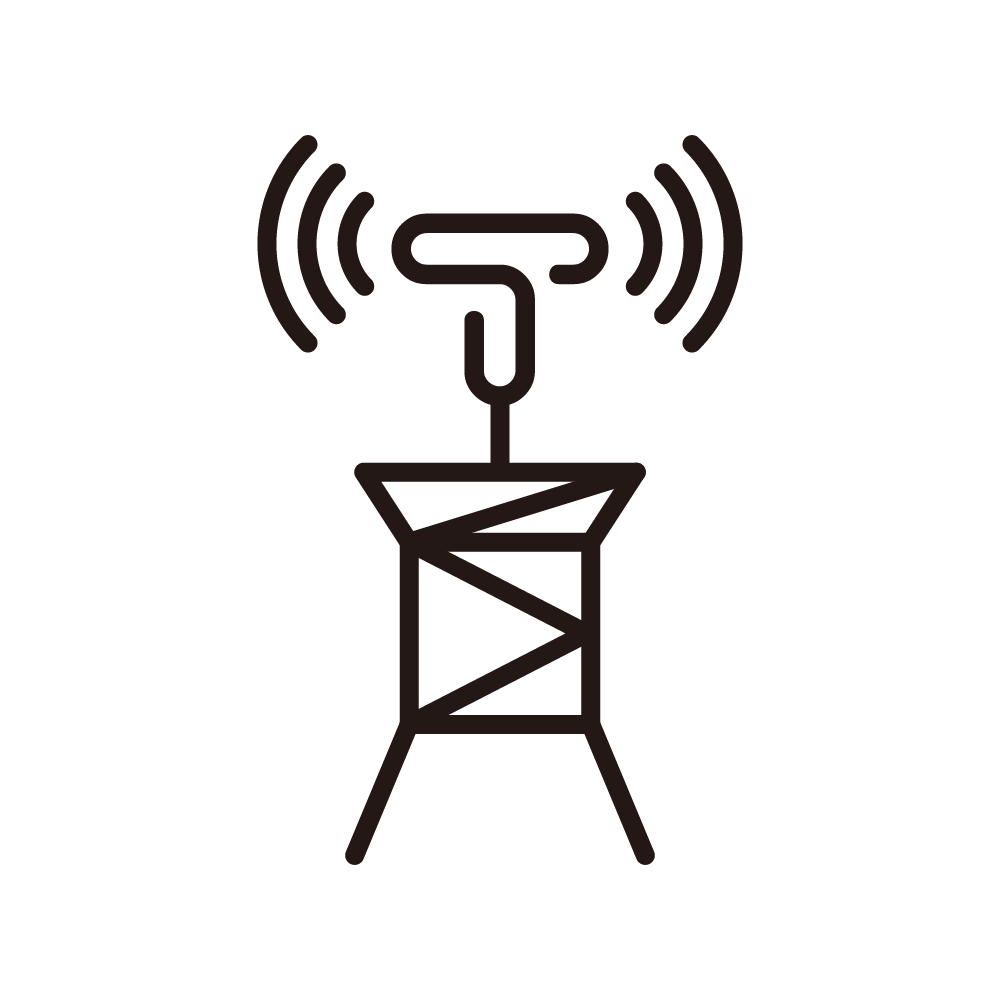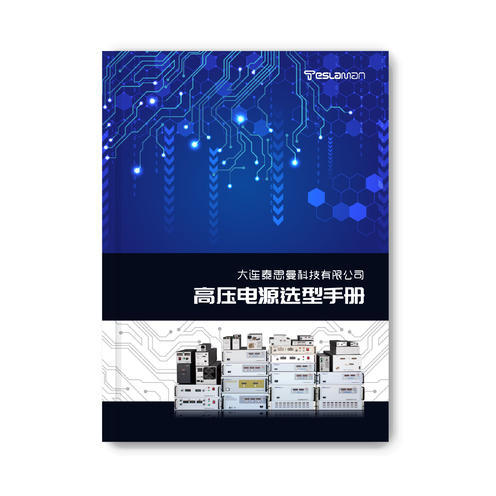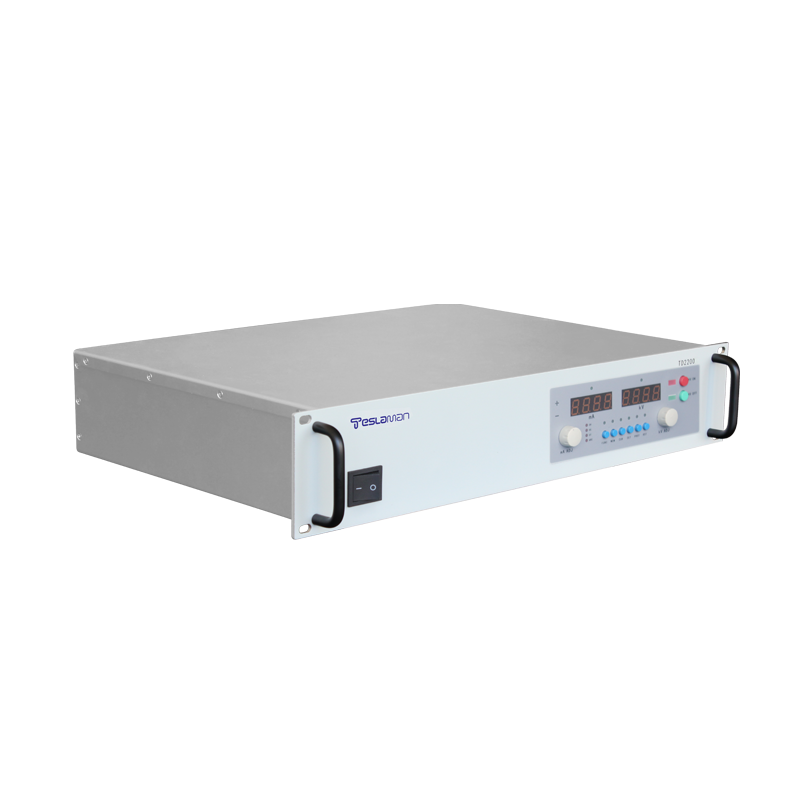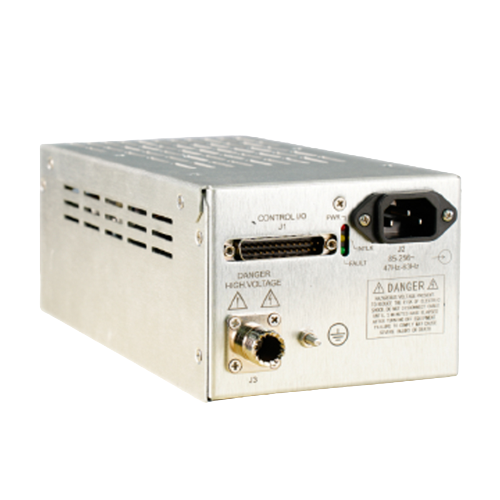Particle Refinement in Cathodic Vacuum Sputtering via High-Voltage Power Supply Optimization
Cathodic vacuum sputtering is widely used in thin-film deposition, where the size of sputtered particles directly determines the quality and performance of the deposited films. Traditional high-voltage power supplies for this process often suffer from unstable output voltage and inconsistent energy delivery, leading to the formation of coarse particles (typically 150–300 nm in diameter) that degrade film uniformity and adhesion.
To address this issue, a targeted optimization of the high-voltage power supply’s operating parameters is proposed. First, the power supply’s voltage regulation accuracy is enhanced to ±0.1% by integrating a closed-loop feedback system based on a high-precision voltage sensor. This stability ensures that the plasma density in the sputtering chamber remains consistent, preventing irregular ion bombardment on the cathode target. Second, the pulse width of the power supply is adjusted to 50–100 ns. Shortening the pulse width reduces the duration of ion acceleration, limiting the kinetic energy of sputtered atoms and minimizing particle agglomeration. Additionally, a low-noise current filtering module is incorporated to suppress high-frequency current fluctuations, which are a major cause of uneven particle ejection.
Experimental results show that with these optimizations, the average diameter of sputtered particles is reduced to 60–100 nm, a decrease of more than 40% compared to the traditional setup. The deposited films exhibit a 25% improvement in surface smoothness (measured by atomic force microscopy) and a 15% increase in adhesion strength (tested via scratch adhesion tests). This optimization not only enhances film quality but also extends the service life of the cathode target by reducing uneven erosion, demonstrating the critical role of high-voltage power supply performance in cathodic vacuum sputtering.
